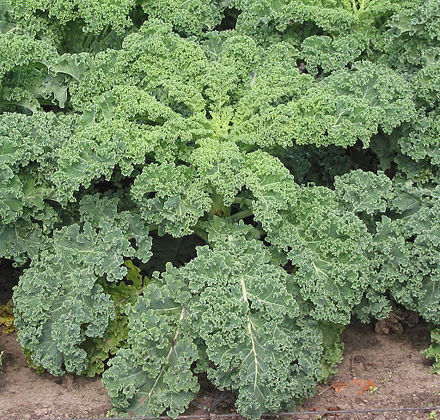Description
The Date Plum, or Diospyros lotus, is a small tree or shrub that is native to eastern Europe, northern Africa, and western Asia. The tree can grow up to 10 meters in height and has a spreading, rounded crown. The leaves are oblong and glossy, growing up to 10 centimeters long. The flowers are small and yellow-green, and the fruit is a small, yellow-brown drupe that resembles a date.
The Date Plum grows best in well-drained soils and prefers a sunny location. It is winter hardy and can tolerate cold temperatures down to -15°C. To cultivate the Date Plum successfully, it is important to provide regular watering and fertilization.
The Date Plum is edible and the fruit can be eaten fresh or dried. The fruit can be stored after harvest by drying it or by freezing it. The dried fruit can be used in cooking as a substitute for dates or figs.
The Date Plum has a number of uses beyond its edible fruit. The wood of the tree is hard and durable, and can be used for a variety of purposes including furniture and construction. The leaves of the tree can be used as a natural insect repellent, and the fruit can be used to make a dye.
In terms of its value for wildlife, the Date Plum provides food for a number of birds and mammals. The fruit is also a good source of nutrition for humans, providing a good amount of fiber, vitamins, and minerals.

